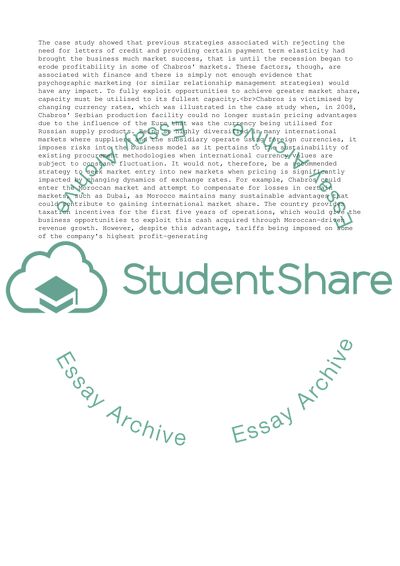Cite this document
(Case Analysis (Global Management) Essay Example | Topics and Well Written Essays - 3000 words - 1, n.d.)
Case Analysis (Global Management) Essay Example | Topics and Well Written Essays - 3000 words - 1. https://studentshare.org/management/1792959-case-analysis-global-management
Case Analysis (Global Management) Essay Example | Topics and Well Written Essays - 3000 words - 1. https://studentshare.org/management/1792959-case-analysis-global-management
(Case Analysis (Global Management) Essay Example | Topics and Well Written Essays - 3000 Words - 1)
Case Analysis (Global Management) Essay Example | Topics and Well Written Essays - 3000 Words - 1. https://studentshare.org/management/1792959-case-analysis-global-management.
Case Analysis (Global Management) Essay Example | Topics and Well Written Essays - 3000 Words - 1. https://studentshare.org/management/1792959-case-analysis-global-management.
“Case Analysis (Global Management) Essay Example | Topics and Well Written Essays - 3000 Words - 1”. https://studentshare.org/management/1792959-case-analysis-global-management.


